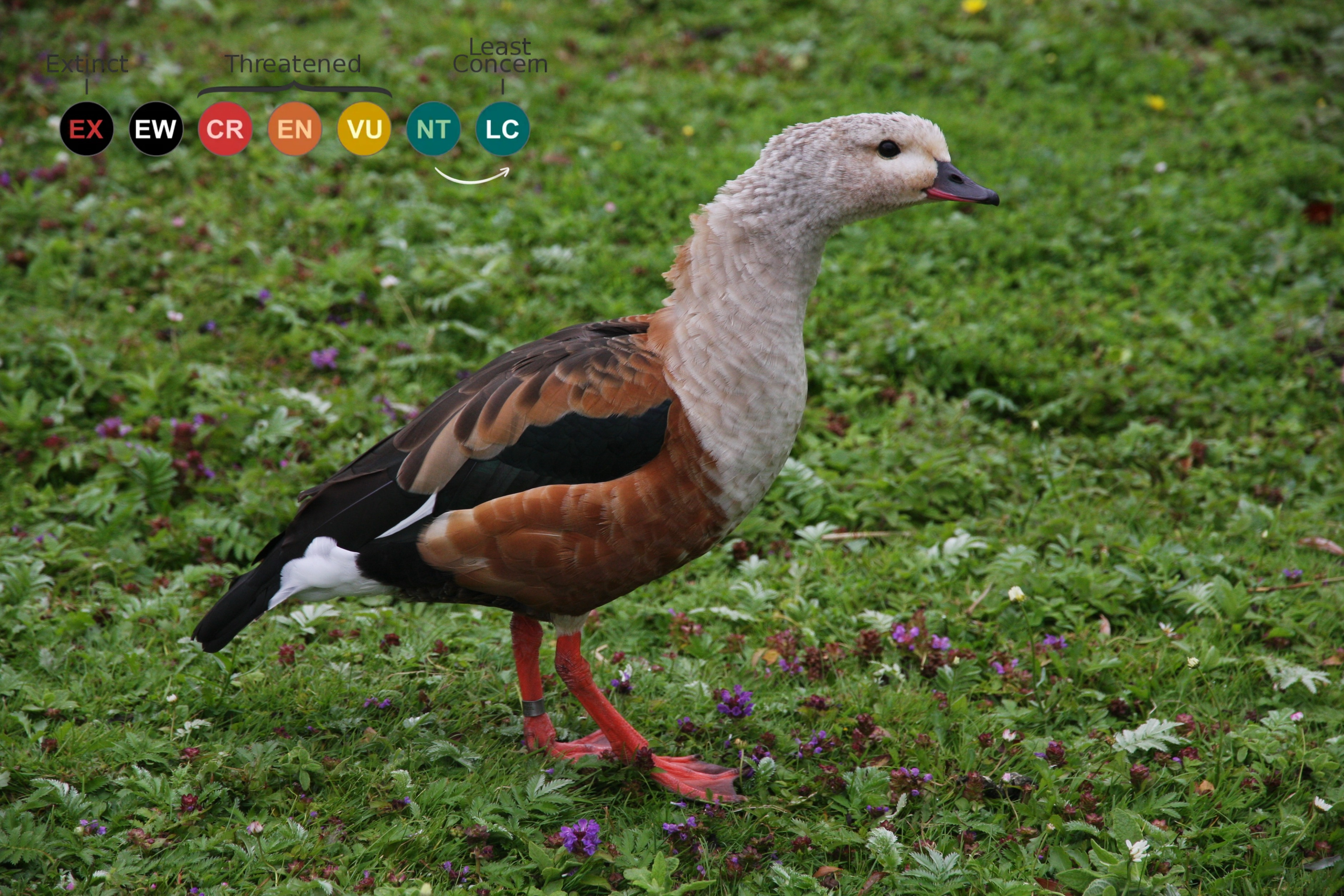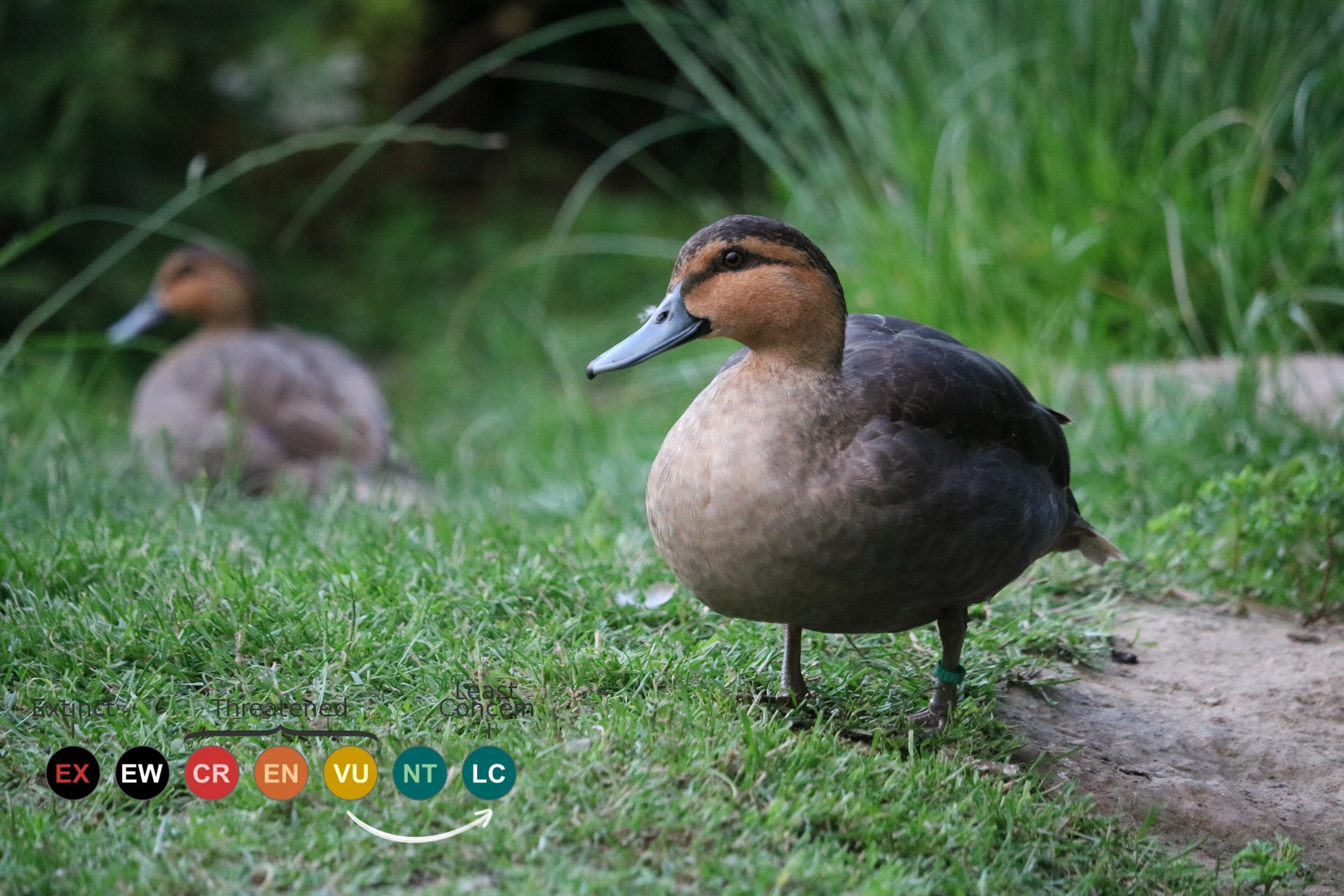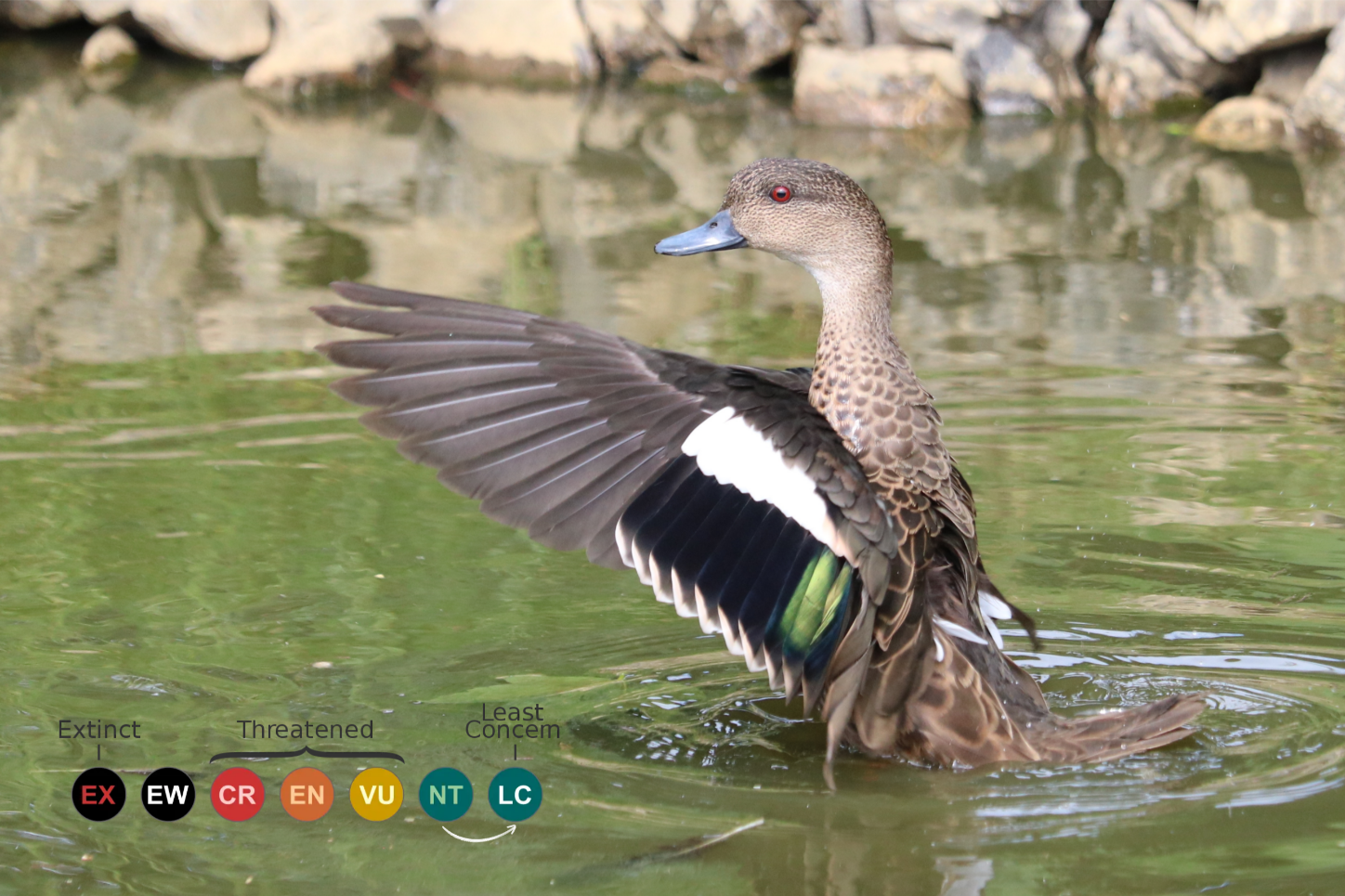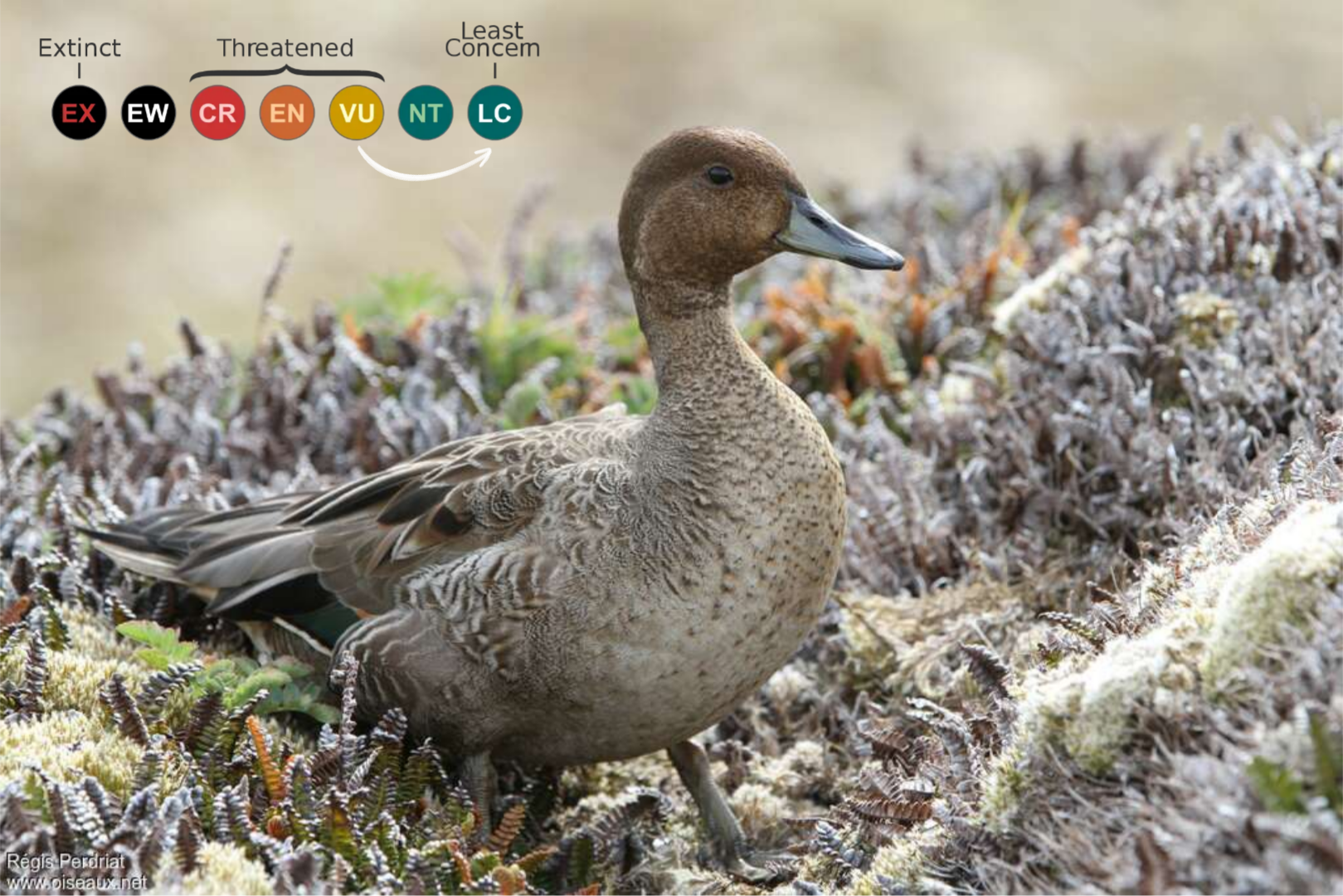Spread the bird!
Welcome to Harteman Wildfowl Aviaries, a private facility in the Netherlands with a focus on the aviculture and conservation of waterfowl. Harteman Wildfowl contributes to the global knowledge and conservation of the world's Anseriformes by sharing hands-on experience and participating in international ex-situ breeding programmes.

Highlights
Four species of waterfowl downlisted on IUCN Red List
October 10th 2025 | BirdLife International published the 2025 Red List Update*. It reveals a record number of species in decline, but shows how habitat restoration can help even the most threatened species to recover.
The 2025 Red List update includes reassessments of 1,360 bird species and completes the eighth comprehensive assessment of all 11,185 bird species. Overall, 61% of bird species have declining populations – an estimate that has increased from 44% in 2016.
But there is some good news too! Four species of waterfowl have been downlisted from a Threatened category, to Least Concern: the Orinoco goose, Southern pintail, Sunda teal and Philippine duck.
*The Red List of Threatened Species is a tool of the IUCN and involves many authorities including BirdLife International.

The Orinoco goose (Neochen jubata) has a large range that spans much of northern South America, and a moderately large population size of 15,000-40,000 mature individuals. It is suspected to be slowly declining, chiefly due to land-use change (i.e. habitat loss) and to a lesser degree hunting. However, it does not meet or approach the thresholds for listing as threatened under any IUCN Red List Criterion. It is therefore listed as Least Concern.

The Philippine duck (Anas luzonica) is a fairly widespread species endemic to the Philippines. Near annual surveys from 2008-2024 indicate that the population has recovered from apparently rapid declines in the mid to late 20th century (from hunting and habitat loss), and is currently stable. The total population is also larger than previously thought (estimated at >20,000 mature individuals). As there is no indication that the population is small nor declining, the species is assessed as Least Concern.

The population status of the Sunda teal (Anas gibberifrons) is not well understood, and it may declining at a very slow, undetectable rate. However, it is a widespread and adaptable species that occurs consistently in large numbers, even in highly modified habitats. Therefore, the species is listed as Least Concern.

The Southern pintail (Anas eatoni) has a large range, and hence does not approach the thresholds for Vulnerable under the range size criterion (extent of occurrence <20,000 km2 combined with a declining or fluctuating range size, habitat extent/quality, or population size and a small number of locations or severe fragmentation). The species may be declining but only very slowly and hence does not meet or approach the thresholds for Vulnerable under the population trend criterion (>30% decline over ten years or three generations). The population size is very large, and hence does not approach the thresholds for Vulnerable under the population size criterion (<10,000 mature individuals with a continuing decline estimated to be >10% in ten years or three generations, or with a specified population structure). For these reasons the species is evaluated as Least Concern.
Source: BirdLife International
https://www.birdlife.org/news/2025/10/10/restoring-habitats-key-to-fighting-extinctions/








